A Milestone for the Mickelson Trail: Celebrating 25 Years
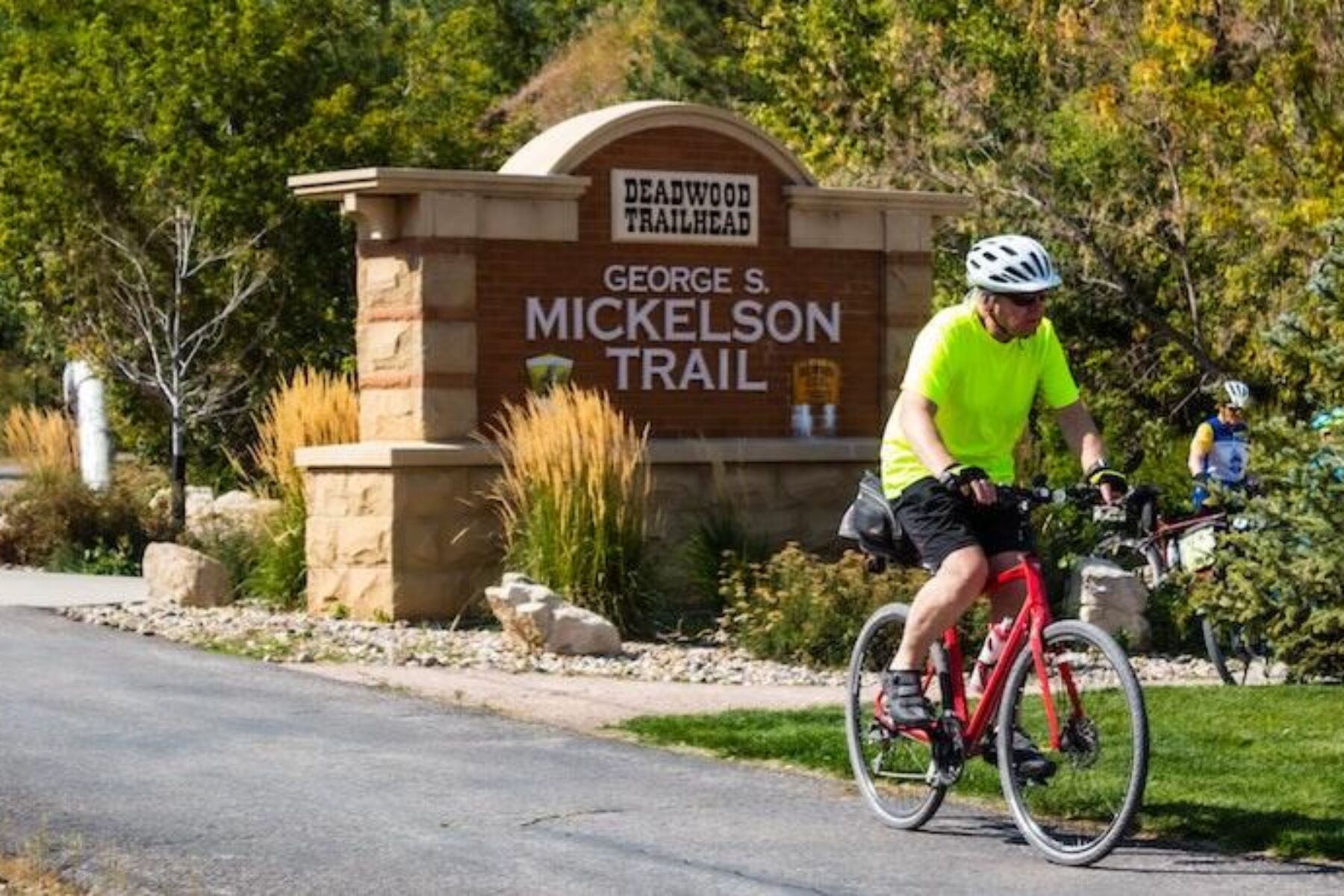
The saga of the railroad line that cut a swath through the heart of South Dakota’s spectacular Black Hills 130 years ago is undeniably dramatic, with ties to the goldrush and infamous names like Deadwood, Custer and Wild Bill Hickok. Still, when it comes to pure determination and grit, the story that unfolded a century later of turning that historic rail line into the George S. Mickelson Trail can perhaps rival the original tale.
It is said that construction of the railroad took less than a year in the early 1890s, but the challenging process of converting the abandoned line into a rail-trail took more than 15 years throughout the 1980s and 1990s.
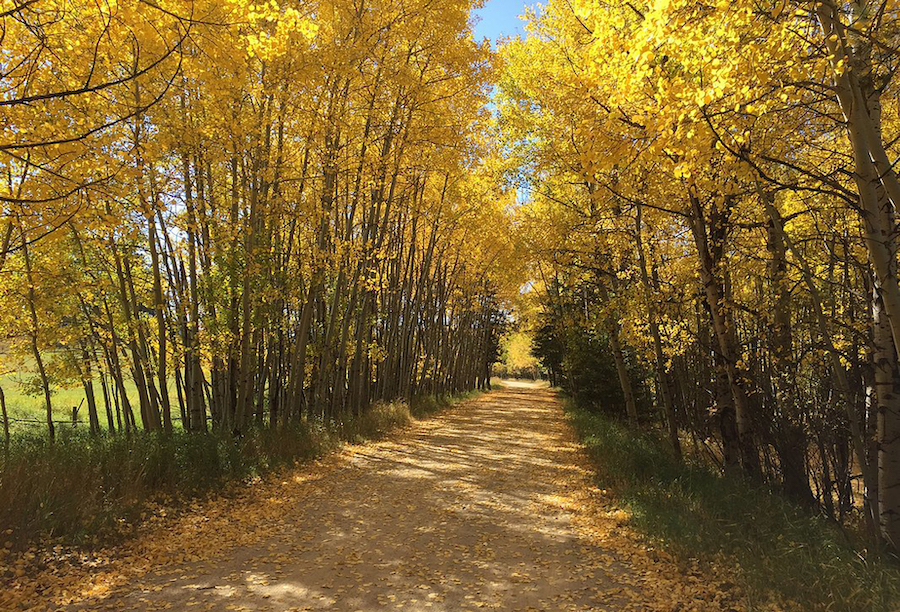
The 109-mile George S. Mickelson Trail, named after the South Dakota governor who championed the trail before dying in a plane crash in 1993, was officially dedicated in the midst of much fanfare in 1998. Now, a quarter-century later, the trail is having another moment in the spotlight as it celebrates its 25-year anniversary.
Complex Challenges
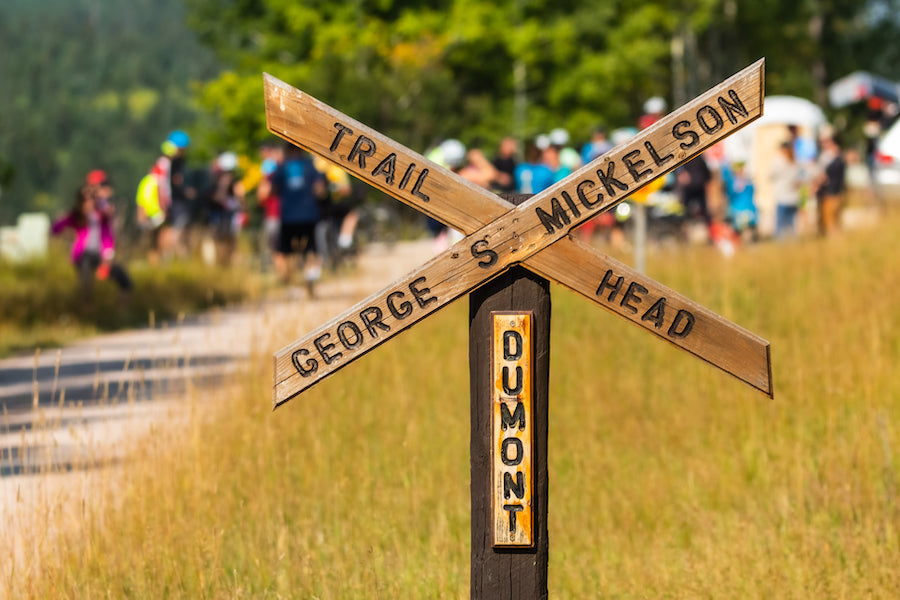
The amount of coordination, negotiation and labor in the early days of the rail-trail effort cannot be overstated. From 1983 when Burlington Northern abandoned what was known as the “High Line” until 1998 when the trail was dedicated, hundreds of people and numerous entities, including the State of South Dakota, the U.S. Forest Service, the South Dakota National Guard and Rails-to-Trails Conservancy (RTC), were involved.
“It was a huge group effort in the very beginning to get it all up and running—not without its hiccups,” said Dana Garry-Reiprich, the Mickelson Trail manager for South Dakota Game, Fish and Parks. “But over the years, we’ve all still remained good partners.”
Marianne Fowler, RTC’s senior strategist for policy and advocacy, said the organization was involved early on in dealing with the complex combination of private and public land ownership. “It was a complicated legal situation, and RTC was involved with solving that,” she said, adding that the railbanking process that was used for the Mickelson Trail has gone on to serve as a model for other rail-trail projects around the country.
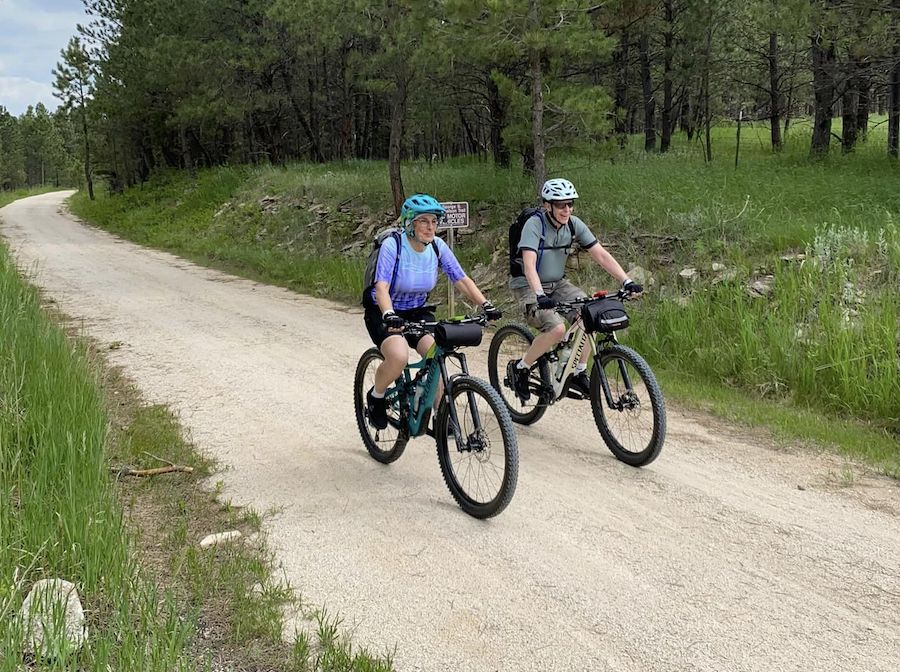
Michael Cody, who worked as a supervisory engineering technician with the Black Hills National Forest at the time, said the project appeared almost insurmountable in the beginning, with its nearly 100-year-old railroad bridges that all needed to be inspected and, in some cases, rebuilt. “Several people very high up said to me, ‘you will never get it done,’” he recalls.
Paul Bosworth worked as a civil engineer for the Black Hills National Forest for 35 years and designed about 30 of the railroad bridges that had been torn down as a part of a salvaging effort that began before the old rail line was preserved as a rail-trail. He recalls a high level of skepticism in the community in the early days as well.
“I remember when I first started working on it, people would tell me, ‘Why are you doing that? Nobody’s ever going to ride on that trail,’” said Bosworth. “And then to see what actually has happened is really satisfying.”
Related: Railbanking Explained
‘Gold in the Black Hills’
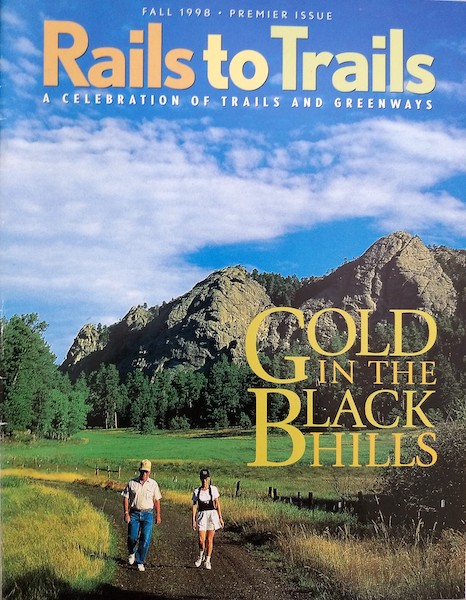
What has happened is that tens of thousands of bicyclists, hikers, equestrians and others now use the trail each year. They take in all or portions of the route that runs from Deadwood in the north to Edgemont in the south past mountain canyons, across pristine creeks, through meadows dotted with wildflowers, over the historic bridges and into 100-foot-long rock tunnels.
In 1998, RTC featured the George S. Mickelson Trail as the cover story in the inaugural edition of its magazine, referring to the trail as “Gold in the Black Hills.” And in 2010, the trail was inducted into the organization’s Hall of Fame.
Garry-Reiprich noted that the popularity of the trail has only grown since then. “Back in the beginning, we were selling about 5,000 passes between the dailies and the annuals together,” she said. Now, based on the 20,000 to 22,000 annual passes, as well as trail-counter numbers, she continued, “We can average out roughly 65,000 to 70,000 users annually.”
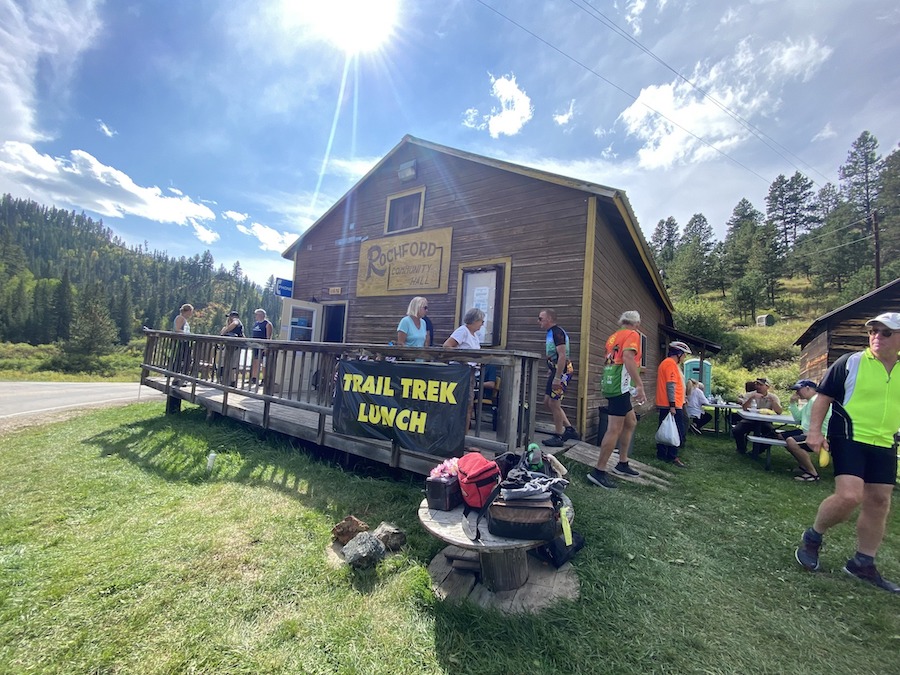
That growth has brought significant benefits. “The Mickelson Trail has a huge economic impact on several of the communities throughout the Black Hills,” Garry-Reiprich explained. “It runs through the communities of Lead and Deadwood, Hill City, Custer and Edgemont, and it gives people a reason to come to those communities above and beyond what they have to offer themselves—between Mount Rushmore and Crazy Horse, and the history of the Black Hills with Wild Bill Hickok up in Deadwood.”
Each year for the past 25 years (with the exception of 2020 during the COVID-19 pandemic), an organized bicycle ride, the Mickelson Trail Trek, has taken place in September to celebrate the trail. The three-day ride is a highly sought-after experience, and many riders return year after year. “We cap our participation numbers at 600, and we usually close our registration period within eight hours,” Garry-Reiprich said.
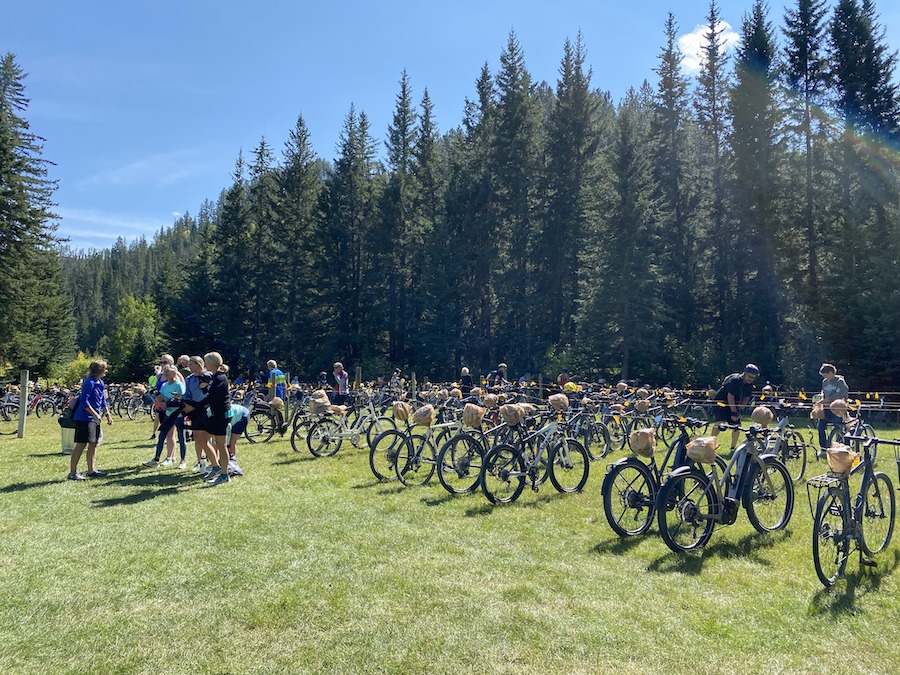
Bosworth, who lives in nearby Spearfish, is a regular user of the trail and has participated in 23 of the 25 Trail Treks. “It’s unbelievable,” he said of the trail. “You need to put it on your bucket list.”
A Memorable Legacy

For the people who have worked on and used the trail over the years, the 25th anniversary is especially meaningful. “I dedicated my career to this trail, and to see people actually using something that I worked so hard on, that just makes me happy every single time; it just kind of makes my day,” Bosworth enthused.
Cody, who retired from the Forest Service in 2005, sees his years of working on the Mickelson Trail as among his biggest achievements. “If there’s a legacy I can leave, the Mickelson Trail would be that legacy,” he said.
Fowler said RTC “really knew we had won when people started being more concerned about their gates [for access onto the trail] than with their fences.”
Related: Trail of the Month: South Dakota’s George S. Mickelson Trail (May 2010)
Related: Top 10 Trails in South Dakota

Donate
Everyone deserves access to safe ways to walk, bike, and be active outdoors.
